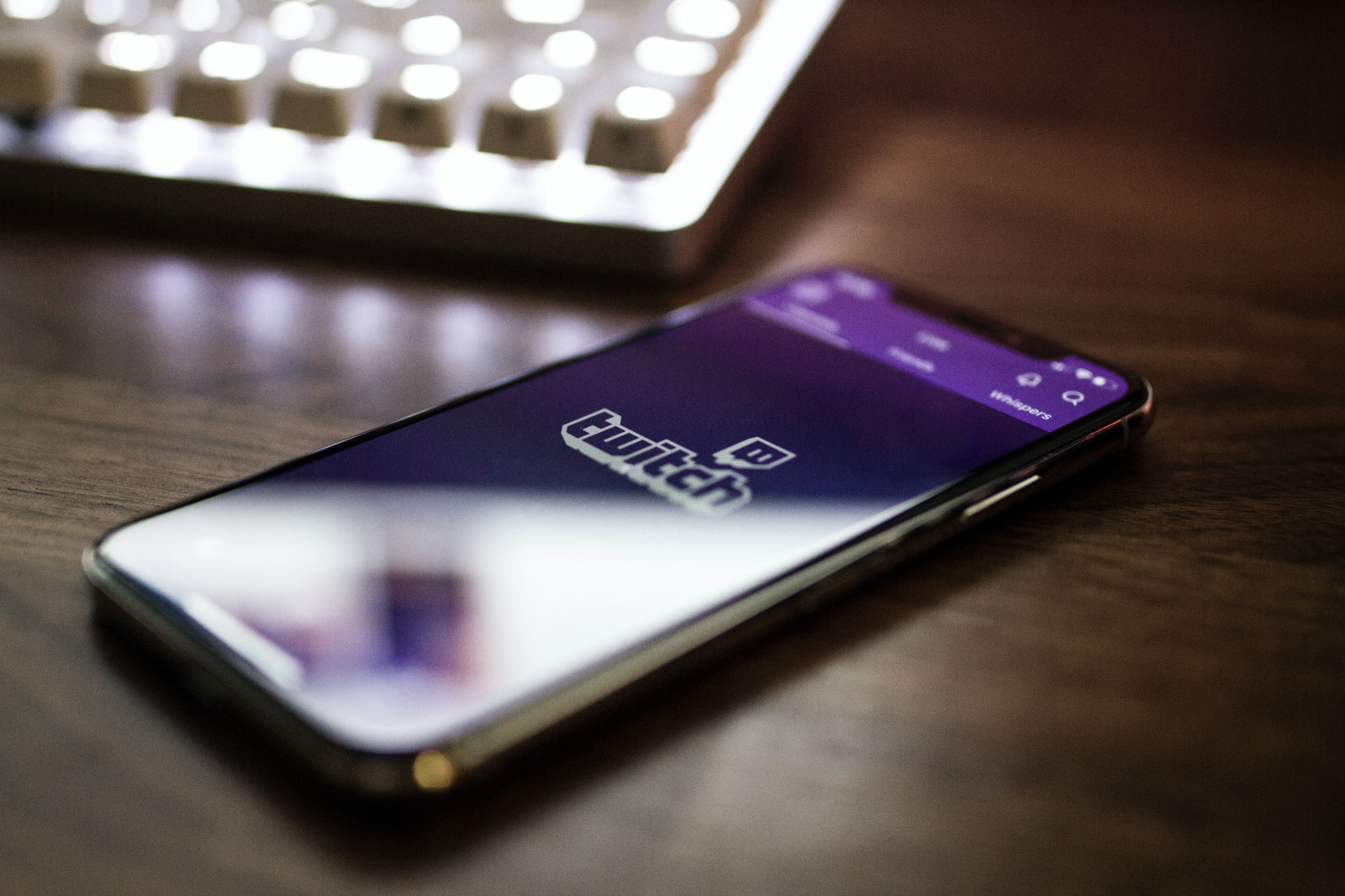From creator tools to commercial tools

Photo: Caspar Camille Rubin

Creator tools are taking an evolutionary step toward commercially empowering creators. Live streaming tool Happs’ recent $4.7 million investment is a relatively small yet significant bet that the future of creator tools in live streaming and beyond is not solely in tools designed to create content. It is also in commercial tools designed to create audiences. No channel is building and monetising fandom better than live streaming, and the tools that facilitate this are changing what it means to be both a creator and a fan.
A creator-friendly business model
MIDiA’s research on Twitch’s fandom-building capability showed the potential that live streaming has to create audiences and revenue for streaming. Twitch users spend an average of 15.8 hours a week on the platform, more than double any other platform, and create monetisation opportunities through subscriptions and donations. There are now more opportunities and channels than ever for artists to make a living beyond music streaming. However, developed music markets are still slow to embrace these opportunities when compared to China, the indisputable hub of live streaming.
China lays out the blueprint of what a live streaming creator economy can be. An audience of half a billion is fuelling the rise of live streamers who earn tens of thousands of dollars every month. The infrastructure that has emerged around live streaming is also thriving, with talent agencies Meione and Qianxun planning IPOs having spearheaded the massive growth of e-commerce in live streaming. The focus on live streaming and monetising fandom is driven partly by the struggle to monetise consumption on streaming. While this may not be a problem for the biggest labels in developed markets, it is a situation many artists are all too familiar with.
Creators have found live streaming to be a profitable endeavour that presents a more sustainable business opportunity than streaming. Trivium’s Matt Heafy recently shared how he earns almost as much from Twitch every month as the band makes collectively from all streaming platforms with a quarter of the audience. The next generation of creator tools is not only about creative empowerment; artists are now searching for commercial empowerment, too.
Featured Report
The audio creator opportunity Audio creator behaviours and monetisation potential
Historically, YouTubers and TikTok influencers have received the lion’s share of mainstream attention as a creator class – but audio creators are increasingly active on the same digital platforms and operating within the same formats. As a result, the audio creator has become a jack of all trades, moving between copyediting, audio editing, and ...
Find out more…Integrating art and commerce
Live streaming and the virtual concert space are fragmented and moving towards a focus on specialisation. Many start-ups emerged last year with professional solutions covering multiple aspects of the value chain. Now clear winners have begun to emerge across infrastructure, with Venew and Maestro who have been backed by UMG and Sony respectively, and production with Driift. The greatest opportunity in live streaming, however, are the tools that make live streaming and its lucrative business model more accessible.
Tools in live streaming range from traditional creator tools hardware such as Roland’s GO: Livecast to back-end streaming software like OBS. Monetisation capabilities have been left to the platforms themselves. What Happs aims to do is monetise within the tool itself: a creator tool and a commercial tool. As creator tools platforms like Bandlab continue to grow, the scene is set for a new wave of integrated commercial capability in the very tools artists create music with.
The future of commercial tools
One of the core challenges with music streaming is its focus on consumption over audience building. Creator tools have facilitated a groundswell of independent creators who have a need to build fandom. Streaming’s playlist-driven consumption has struggled to do this and is not delivering sufficient compensation for independent creators. The tools for live streaming now offer a new way.
Modern creators have an abundance of creator tools and platforms to choose from. What they need are commercial tools. Live streaming offers more than just tools for creation and platforms for consumption. With extensive monetisation capabilities and community-driven focus, it offers tools for building fandom. Social studio platforms are making creation easier and more accessible than ever. Now the time has come to give these creators the tools to make a living.
A music industry driven by live streaming looks very different from the industry that we are currently used to. Making music becomes less output-driven (due to the need to feed platforms content) to something more fandom-driven that helps creators build and connect with audiences. More independent artists using creator tools have worked for platforms and labels in the output-driven industry. It remains to be seen how well it will continue to work when a fandom-driven industry puts commercial tools into the creator’s hands.

The discussion around this post has not yet got started, be the first to add an opinion.